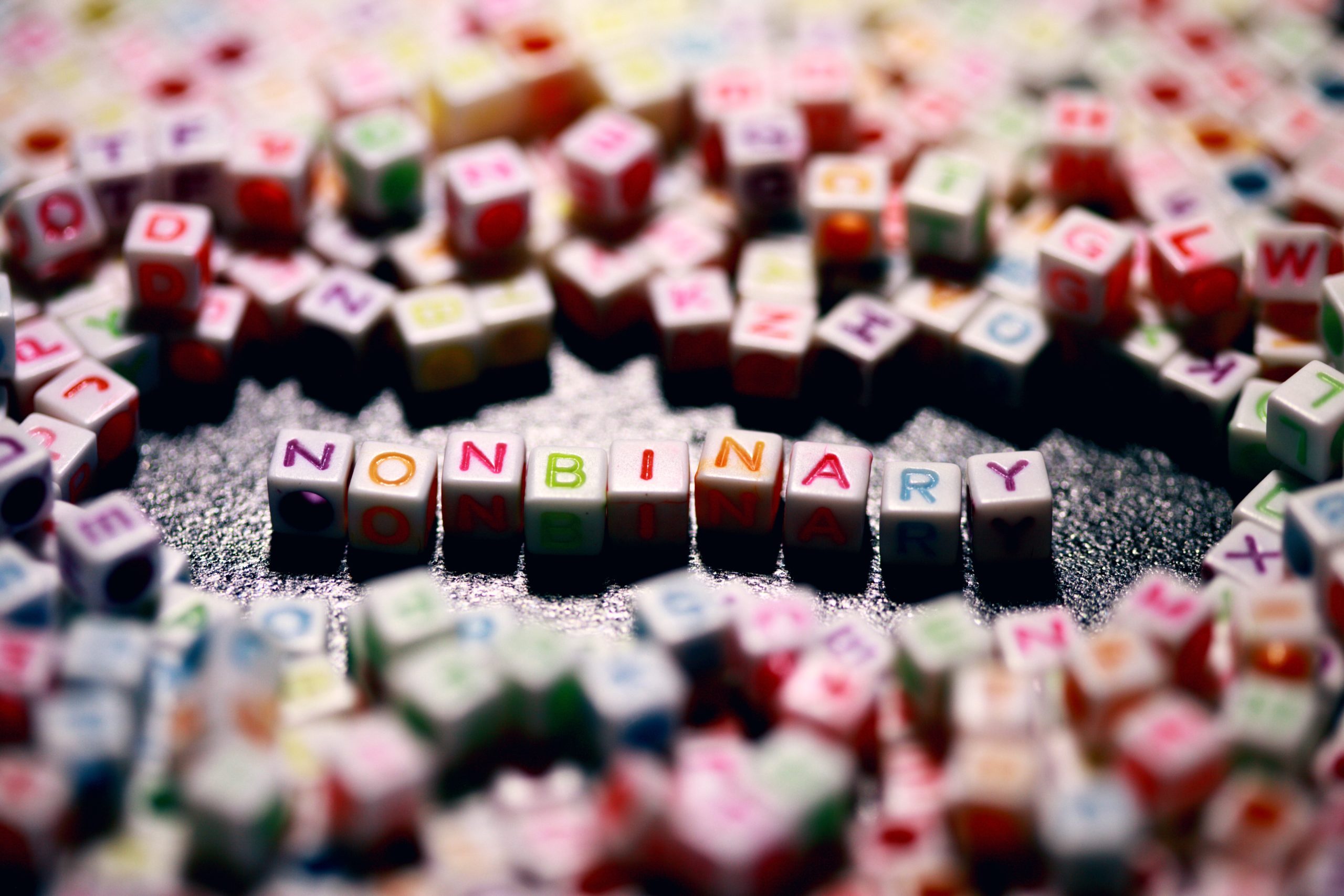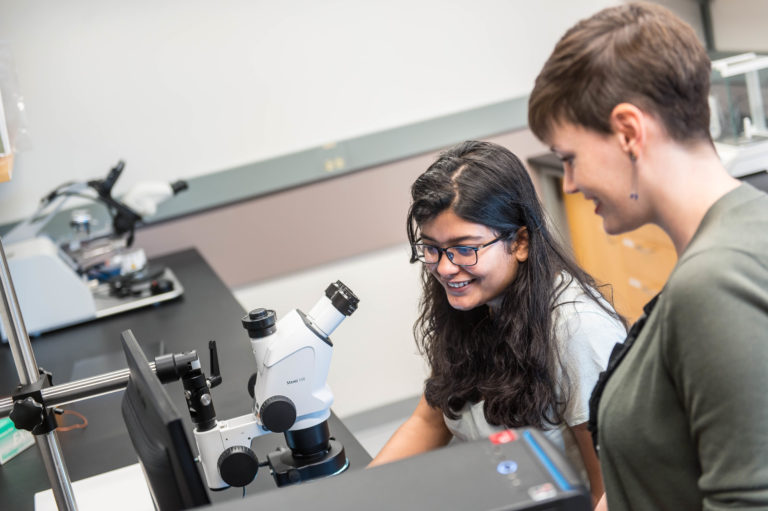Strong school and family ties buffer gender-diverse teens from bullying and hostility
B.C.’s gender-diverse youth continue to face significant bullying and harassment, but a new report by UBC and McCreary Centre Society underlines how social supports like strong school and family relationships make a significant impact on their well-being.

Photo by Sharon McCutcheon on Unsplash
New report first to highlight experiences of gender-diverse youth in B.C. schools
B.C.’s gender-diverse youth continue to face significant bullying and harassment, but a new report underlines how social supports like strong school and family relationships make a significant impact on their well-being.
Researchers at UBC and McCreary Centre Society analyzed data from the B.C. Adolescent Health Survey, completed by more than 38,000 youth, ages 12-19 in schools across the province—including almost a thousand individuals who identify as transgender, non-binary or gender-questioning.
“This is the first time that a large-scale population-based school health survey in Canada specifically captured the experiences of gender-diverse youth, who are typically invisible in surveys of this kind,” says lead author Dr. Elizabeth Saewyc, a nursing professor who leads the Stigma and Resilience Among Vulnerable Youth Centre (SARAVYC) at UBC.

“It’s important for health care providers, educators and policymakers to understand their challenges and their strengths if we are to help them thrive.”
She added: “With this study, we now have a more balanced picture of the health and well-being of gender-diverse youth. They are telling us that family and community support, and opportunities to fully participate in society make a difference for their health—even when they face stigma and discrimination.”
Bullying and harassment
Violence and bullying remain significant issues for gender-diverse youth, notes the report.
Eight out of 10 (or 82 per cent) of trans boys said they experienced bullying in the year prior to the survey, as did 70 per cent of non-binary youth, 65 per cent of questioning youth, and 60 per cent of trans girls.
Online harassment was also significant, with 35 per cent of trans boys, 27 per cent of trans girls, 25 per cent of non-binary youth, and 20 per cent of questioning youth reporting being cyberbullied in the past year.

Says report co-author Dr. Annie Smith, McCreary’s executive director and an adjunct professor at UBC: “The high rates of violence they report are concerning, because we know that young people who are bullied are at higher risk for extreme stress and other health problems. Overall, gender-diverse young people were one-and-a-half to six times more likely to report extreme stress in the past month than cisgender boys and girls. The levels of bullying and discrimination they face may partially explain some of the health differences we see for gender-diverse youth.”
Protective social ties
However, the good news is that gender-diverse youth who felt highly connected to their school were more likely to report good or excellent mental health, compared to those who lacked this sense of connectedness. They were also less likely to have experienced negative consequences due to substance use, or to have seriously considered or attempted suicide.
Gender-diverse youth who reported greater feelings of family connectedness were much less likely to report extreme stress, suicidal thoughts and attempts, or problems with substance use, than young people whose families didn’t understand them or support them.
Gender-diverse youth with unsupportive families were also much more likely to have missed physical or mental health care when they needed it.
In addition, the report highlights the importance of extracurricular activities for gender-diverse young people. More than four out of five participated in activities such as team sports, art, drama and music, and volunteer work—many of them at least weekly. Previous research has shown involvement in meaningful activities, where young people have a voice and their ideas are taken up, contributes to their well-being.
“Gender-diverse young people face a number of challenges to their health and well-being, but they also have ideas about how to create safer and more supportive environments,” said Dr. Saewyc. “We owe it to them to listen and act to improve their health and their futures.”
Click here to access the report, Gender-Diverse: A Spotlight on the Health of Trans and Non-Binary Young People in B.C.
Interview language(s): English



